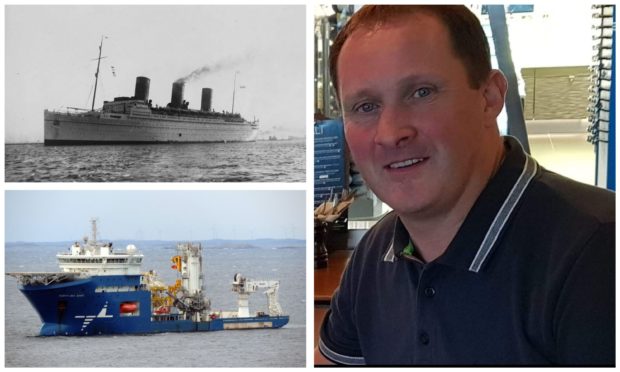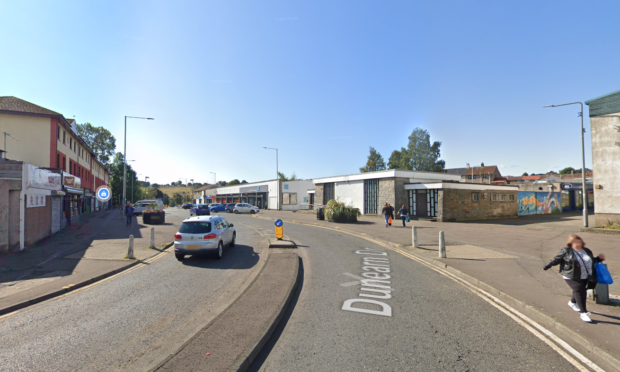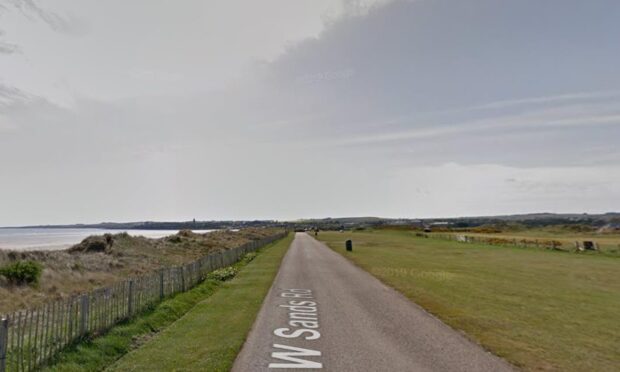A Fife crane operator has been “digging” for almost a billion pounds worth of gold in an unprecedented salvage operation.
Eleven tons of bullion, valued at £890m, are currently being recovered from the wreck of the luxury cruise liner RMS Empress of Britain, which had been drafted as a troop carrier during the Second World War.
It was hit by a Nazi bomb in October 1940 about 80 miles off the coast of Co Donegal, Ireland, then torpedoed and sunk by a German submarine.
Ian Richard, from Dunfermline, is part of Operation Neptune, which is retrieving gold that has been buried under three metres of silt.
He used a high-pressure water jet to slice through the 40cm steel hull of the ship, allowing remote-controlled subs (ROVs) to reach the bounty.
The 52-year-old said: “There’s no bonus for getting the gold, just my salary, but it makes a very interesting change from oil-rig work.
“I’ve been doing this for 26 years and never had a job like this. It’s been very exciting.
“I got through the hull and the other crane operators will now get to see the shiny stuff.”
Ian used a 400-tonne crane to break through the steel hull 500m below the surface of the North Atlantic, working 12-hour shifts on the ship North Sea Giant.
Another operator also took part, using a smaller crane.
Ian is now back home, taking a four-week rest after his four weeks on duty.
He says the gold could reach the surface in the next two or three weeks.
Chris Samuelson is director of salvage company Atlantic Subsea Ventures Ltd, which is behind the operation.
He said: “The Empress of Britain was said to have been transporting gold bullion loaded in Durban and maybe more loaded in Cape Town.
“The contents of the cargo loaded in Suez may also have been valuables.
“The cargo was loaded forward, and so the salvage operation is concentrating on that part of the ship.
“The Empress was built at John Brown in Scotland and, after the Titanic disaster, has a triple-plated, carbon steel hull which, despite 80 years under water, is as strong as the day she was launched.
“This requires sophisticated equipment to cut holes to gain vertical access, as the ship is lying on her port side.
“The salvage began in November 2018, and was suspended in mid-December, due to weather conditions.
“It recommenced in April, and that charter was stopped because of crane equipment issues on the vessel.
“Good progress has been made cutting the hull to gain access,” added Mr Samuelson.
“Gold bullion does not take up much space, so finding it inside such a large ship full of silt and debris is a challenging task.”
arichardson@thecourier.co.uk









